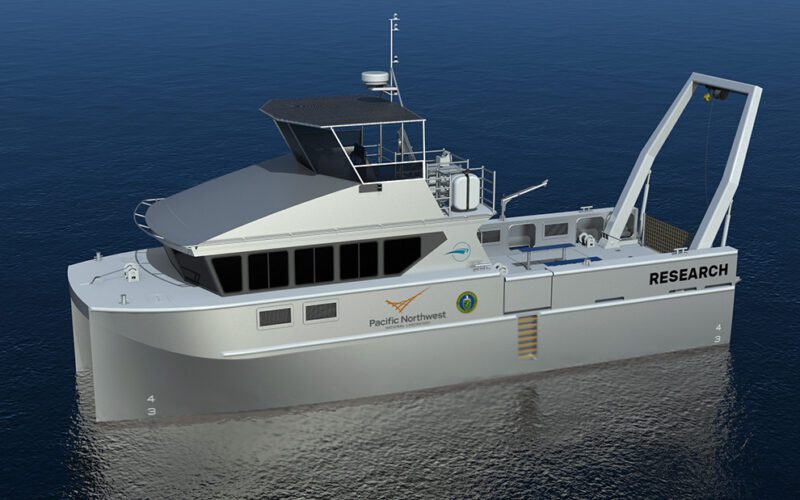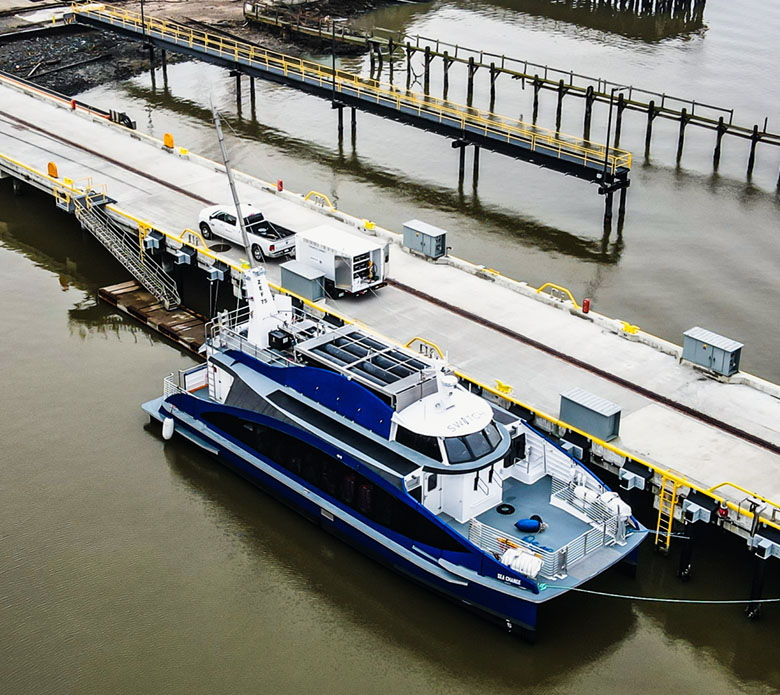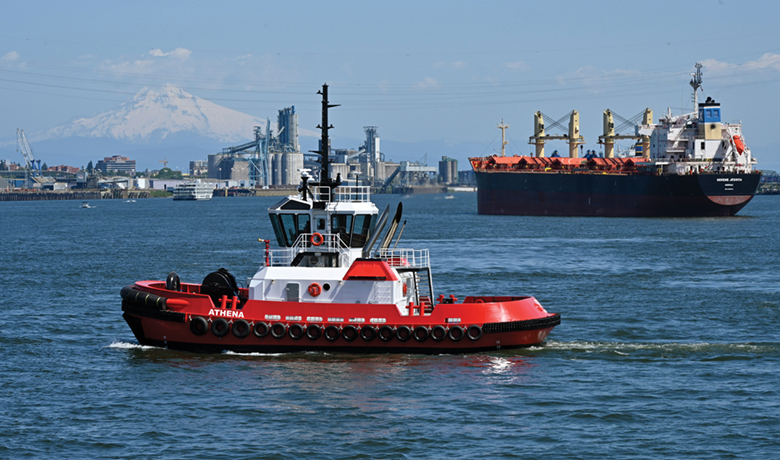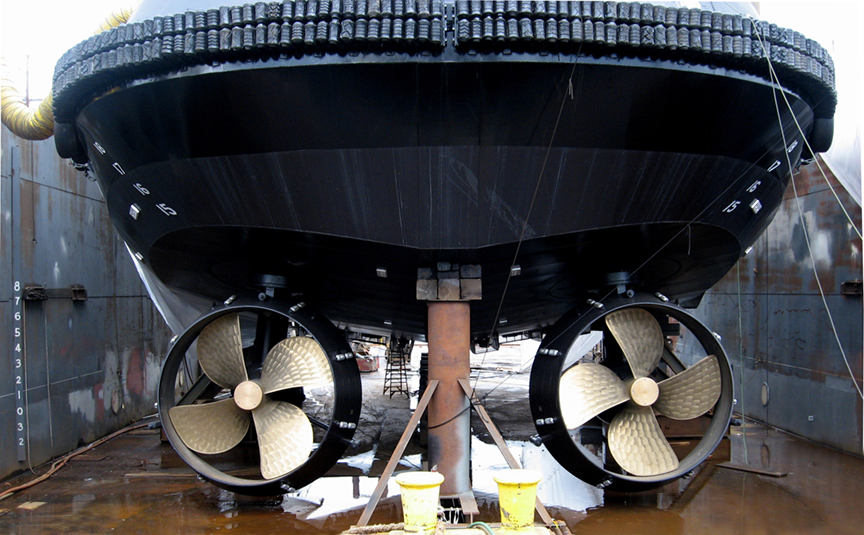Snow & Company’s new 67-foot Camarc Design Pilot Boat is Bound for San Francisco Seattle-based boatbuilder Snow & Company is working on what’s believed to be the first EPA Tier IV pilot boat in the U.S., a 67-foot Camarc Design all-aluminum vessel bound for San Francisco working life. The boat, under construction at the Snow & Company yard, was expected to be delivered by late April. The pilot boat is the latest in a string of such builds for the company. The firm started its first pilot boat two years ago, company founder and owner Brett Snow said. That first…

The Department of Energy anticipates its first hybrid-electric research vessel. The r/v Resilience is a hybrid electric research vessel being built by Seattle-based contractor Snow & Company, is expected to join the Pacific Northwest National Laboratory-Sequim (PNNL) fleet in April 2023. The PNNL is one of the United States Department of Energy’s national laboratories, managed by the DOE’s Office of Science. The laboratory houses several scientific user facilities and research facilities. “They (PNNL) have a fleet of two boats right now and they wanted to expand with (the addition of) a larger vessel with more capabilities,” Snow & Company Project…

The world’s first commercial hydrogen fuel cell-powered, electric drive ferry nears working life. The world’s first commercial hydrogen fuel cell-powered, electric-drive ferry, Sea Change, is afloat in Bellingham, Wash., as it prepares for working life in San Francisco Bay. The 70-foot, 75-passenger catamaran ferry is owned by SWITCH Maritime and was built by All American Marine, Inc. (AAM) with other partners. Regulatory approval from the U.S. Coast Guard is complete with delivery estimated relatively soon, according to AAM. Sea Change is expected to complete several demonstration runs once in California before it is deployed as a commuter passenger vessel in…

At the time of this writing, Crowley Maritime’s newest chartered assist tugboat, Athena, is being delivered to Puget Sound for its final sea trials and first days of working life. Athena was built by Diversified Marine and joins Crowley Maritime’s Ship Assist and Escort Services Group. The compact 77-foot assist tugboat is hull number 44 for Crowley Maritime and packs 6,386 horsepower thanks to two Caterpillar 3516E engines. The twin screws are direct drive with two 2,700-mm 4-blade props. According to Crowley, Athena delivers 90 short tons of bollard pull, making the new assist tugboat the most powerful for its…

By Peter Marsh The Pacific Northwest has been the center for tug construction on the West Coast for at least the last 40 years, during which the azimuth stern drive (ASD) and the use of computer-aided lofting and cutting have revolutionized the way tugs are built and used. This has had the effect of allowing a typical ASD tug to become a multi-purpose craft: able to handle both ship-handling, escort and short hauling assignments with only slight additions to the deck gear. Today, naval architects are able to take their well-tested hull shapes and modify accommodation and machinery layouts using…
